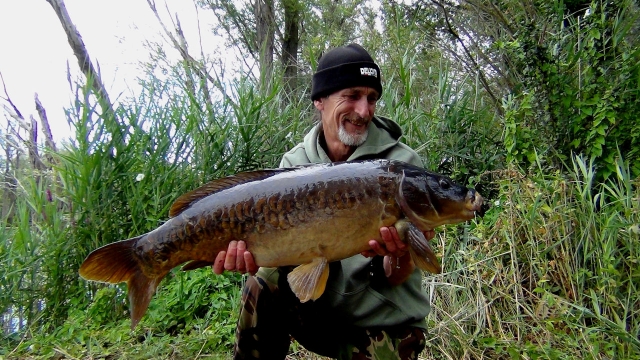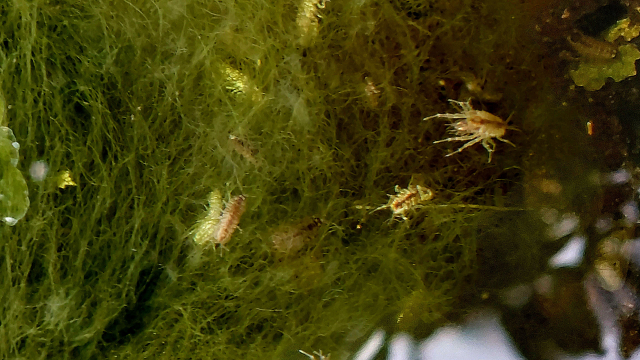In the last three weeks I've done six 6-8 hour short sessions on the new syndicate.
As ever it's a learning curve mixed in with instincts, knowledge, helpful advice, jungle drums and time.
I'm stubborn, but not so much that I'll keep on repeating the same thing expecting a different result, so each week I've changed my approach, going through the motions so to speak.
On most lakes we fish whether it's gravel, clay or chalk carp tend to behave in much the same way. Their common instincts are keys that drive them in the same direction and these are the things we rely on as anglers to help us succeed. It's true to say that most waters have the same keys to success.
However I have found one type of water that can be very different to the others and these are the man-made reservoirs, the ones the farmers dig out, like the one I'm currently fishing.
I'm stubborn, but not so much that I'll keep on repeating the same thing expecting a different result, so each week I've changed my approach, going through the motions so to speak.
On most lakes we fish whether it's gravel, clay or chalk carp tend to behave in much the same way. Their common instincts are keys that drive them in the same direction and these are the things we rely on as anglers to help us succeed. It's true to say that most waters have the same keys to success.
However I have found one type of water that can be very different to the others and these are the man-made reservoirs, the ones the farmers dig out, like the one I'm currently fishing.
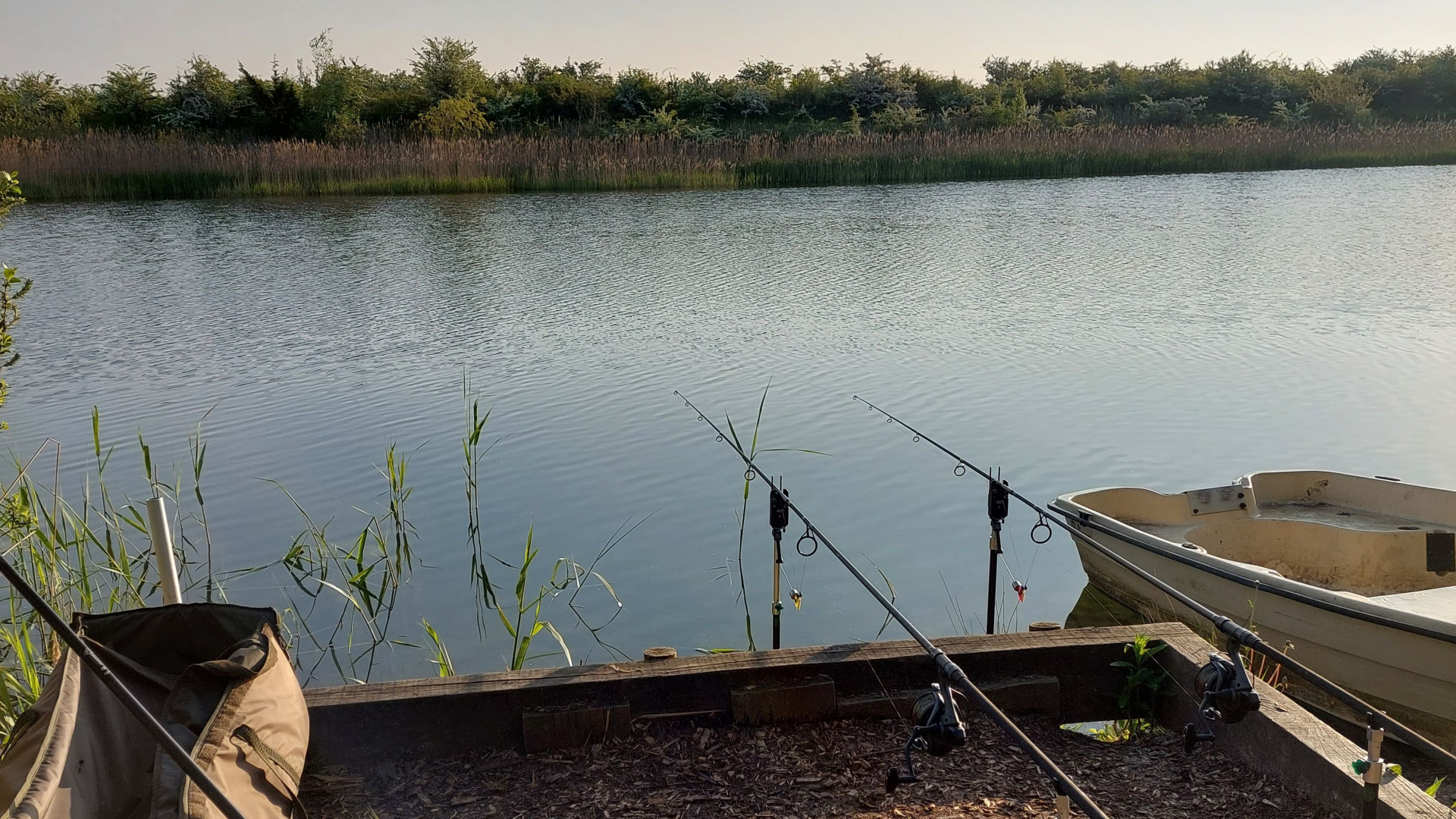
These are actually clay pits, or at least clay lined and the difference is in the way they are constructed.
As the spoil is removed to create the lake it's deposited around the perimeter forming a sloping watertight barrier, this can reach thirty feet or more above water level at its height and it enables the reservoir to hold water above the local water table. Depending on usage it's not uncommon to see the water level drop six feet or more in the summer and then go up the same in winter.
I've now fished five such waters and they all have a few things in common. Mostly square or rectangular they've ranged from half an acre to six with banks that gradually slope down.
Below ground water level reservoirs often have a trench that's dug out along the middle of the lake with the common depth being increased to around thirty feet.
These reservoirs are almost entirely reed lined and this is due to the sloping banks giving an ideal habitat for reed to spread.
Depending on the slope's gradient these can spread out quite far into the lake so any advantage the slope might give you from an angling point of view can be negated somewhat. What's more you often find that to get bites your traps have to be placed right up next to those reeds and this is usually the last bit of slope before it drops off into the trench.
Of the four other reservoirs that I've fished, two of them I caught from the deep water, failing miserably on the other two. On the other two you had to be within two feet of the reeds to get a bite, I never got a bite from the deep water.
As the spoil is removed to create the lake it's deposited around the perimeter forming a sloping watertight barrier, this can reach thirty feet or more above water level at its height and it enables the reservoir to hold water above the local water table. Depending on usage it's not uncommon to see the water level drop six feet or more in the summer and then go up the same in winter.
I've now fished five such waters and they all have a few things in common. Mostly square or rectangular they've ranged from half an acre to six with banks that gradually slope down.
Below ground water level reservoirs often have a trench that's dug out along the middle of the lake with the common depth being increased to around thirty feet.
These reservoirs are almost entirely reed lined and this is due to the sloping banks giving an ideal habitat for reed to spread.
Depending on the slope's gradient these can spread out quite far into the lake so any advantage the slope might give you from an angling point of view can be negated somewhat. What's more you often find that to get bites your traps have to be placed right up next to those reeds and this is usually the last bit of slope before it drops off into the trench.
Of the four other reservoirs that I've fished, two of them I caught from the deep water, failing miserably on the other two. On the other two you had to be within two feet of the reeds to get a bite, I never got a bite from the deep water.
Why is this?
Well, it could be that way down there the habitat isn't as conducive to food storage and production. Water temperature affects the development of aquatic macro-invertebrates, a major source of food for carp, so most of the carp's food will be in the reeds and margin where temperatures are higher.
Light levels will also affect how much weed growth there is, so the deeper you go the less there will be. In sub water level lakes with a deep trench you can end up with a dead area.
Another important reason that's stood out plenty of times is noise, not just farm reservoirs either but it seems all clay pits are highly reactive to any sound made by anglers. Pingles pool for instance is a very good example, I used to take my shoes off to walk around that place!
Well, it could be that way down there the habitat isn't as conducive to food storage and production. Water temperature affects the development of aquatic macro-invertebrates, a major source of food for carp, so most of the carp's food will be in the reeds and margin where temperatures are higher.
Light levels will also affect how much weed growth there is, so the deeper you go the less there will be. In sub water level lakes with a deep trench you can end up with a dead area.
Another important reason that's stood out plenty of times is noise, not just farm reservoirs either but it seems all clay pits are highly reactive to any sound made by anglers. Pingles pool for instance is a very good example, I used to take my shoes off to walk around that place!
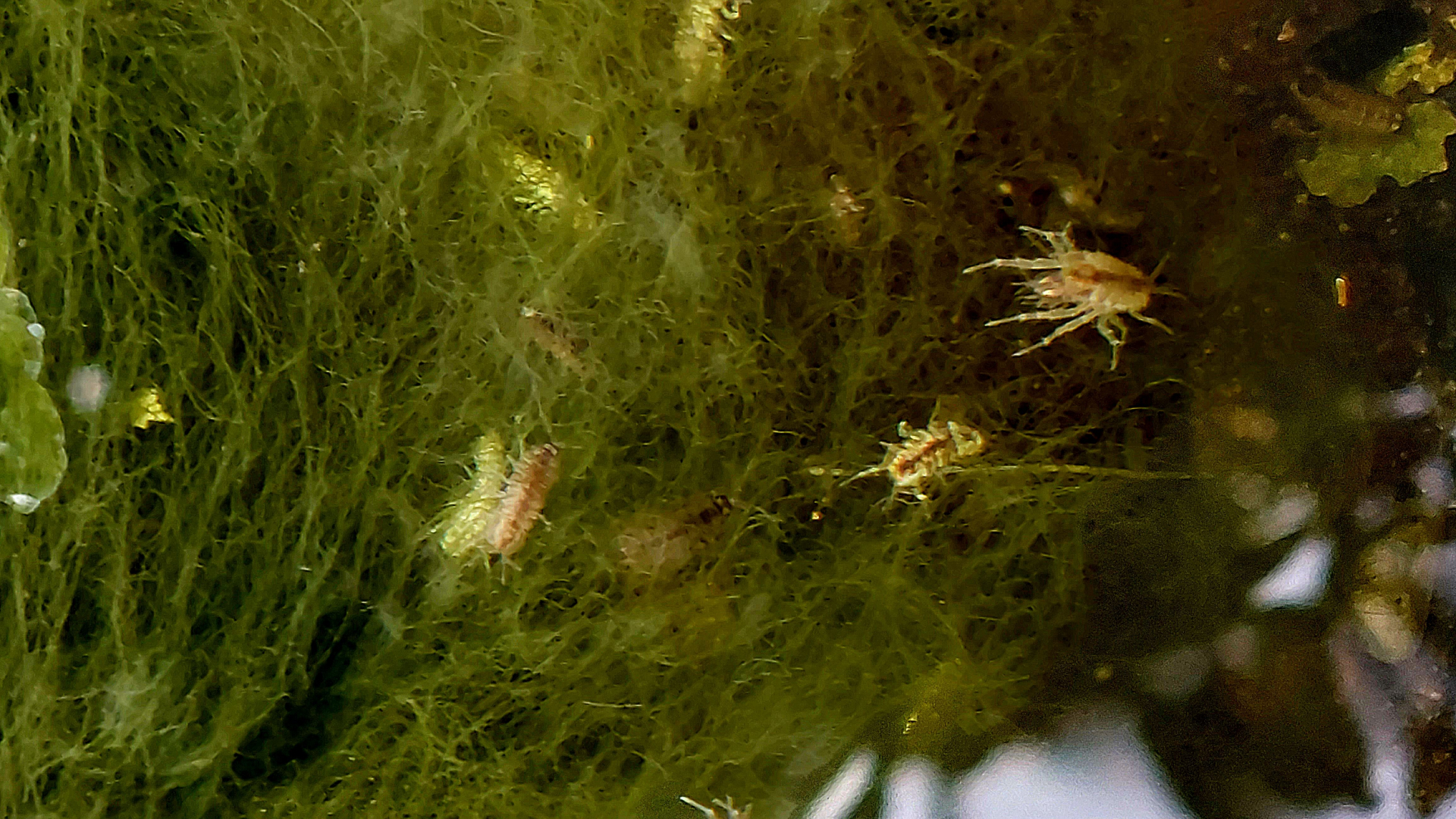
Presentation of rigs can be tricky too as the lake bottom is almost always soft clay (which can be like thick soup) and silk-weed, making short work of anything that can't settle above it or on it, so, choddys or helicopter rigs or a combination of both with wafters or popups is the order of the day.
Bait too needs thinking about, round boilies just disappear for the most part. Loose feed is for me, particles like maize or pellets (11-17mm) and failing that, chopped boilies. Anything that's nutritious and has an irregular shape that will help trap them in the upper layers.
I've found you need to feed much more on these waters, most likely because much of it ends up out of sight. However some waters do have areas that have a much firmer bottom, either through natural causes or liming and these are always worth finding.
Bait too needs thinking about, round boilies just disappear for the most part. Loose feed is for me, particles like maize or pellets (11-17mm) and failing that, chopped boilies. Anything that's nutritious and has an irregular shape that will help trap them in the upper layers.
I've found you need to feed much more on these waters, most likely because much of it ends up out of sight. However some waters do have areas that have a much firmer bottom, either through natural causes or liming and these are always worth finding.
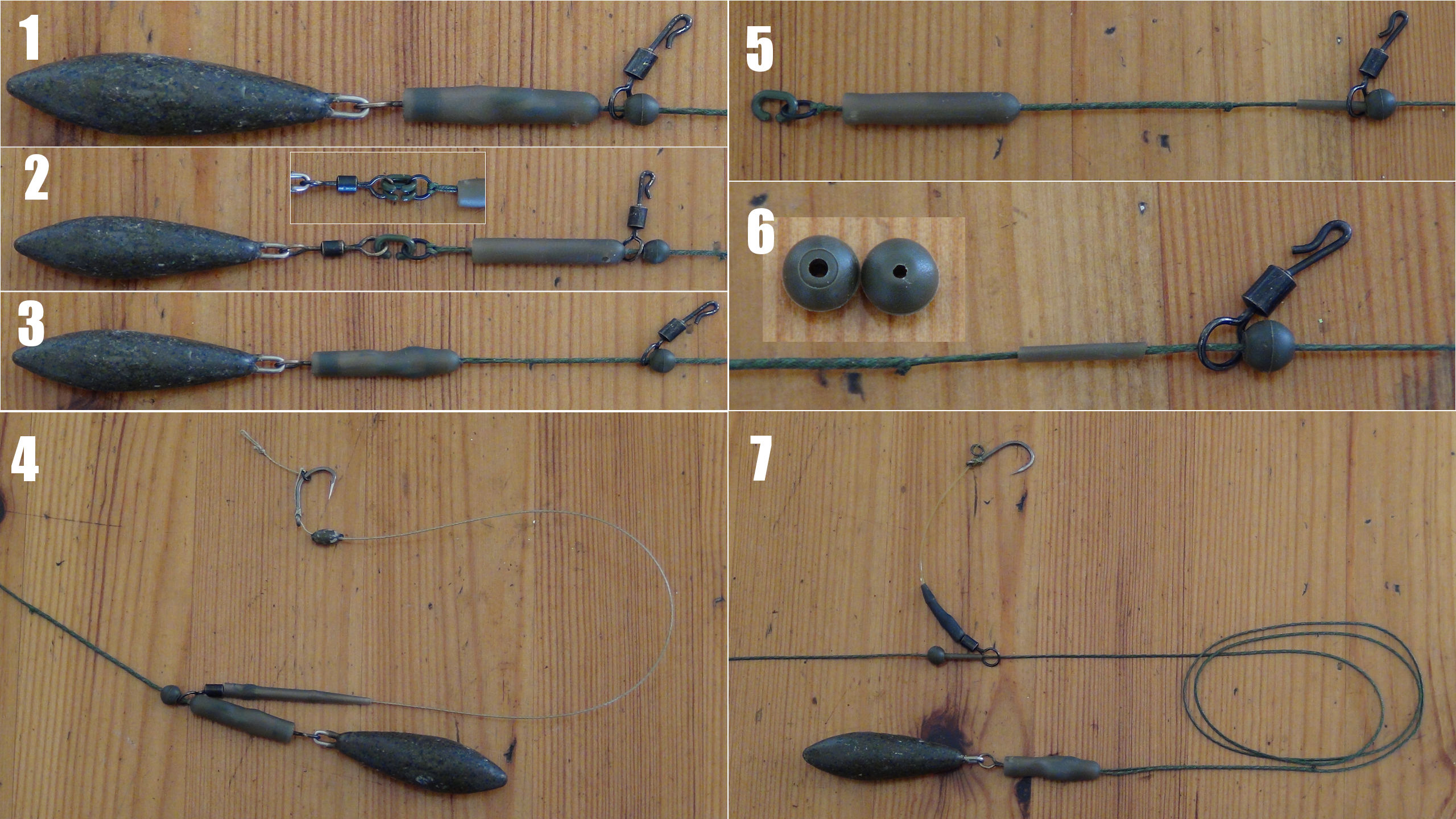
There is a key to catching carp on all waters. It's just sometimes it takes a little more work.
For more on rigs folow this https://thecarpcatcher.co.uk/thecarpcatchers_blog.php?post=799

